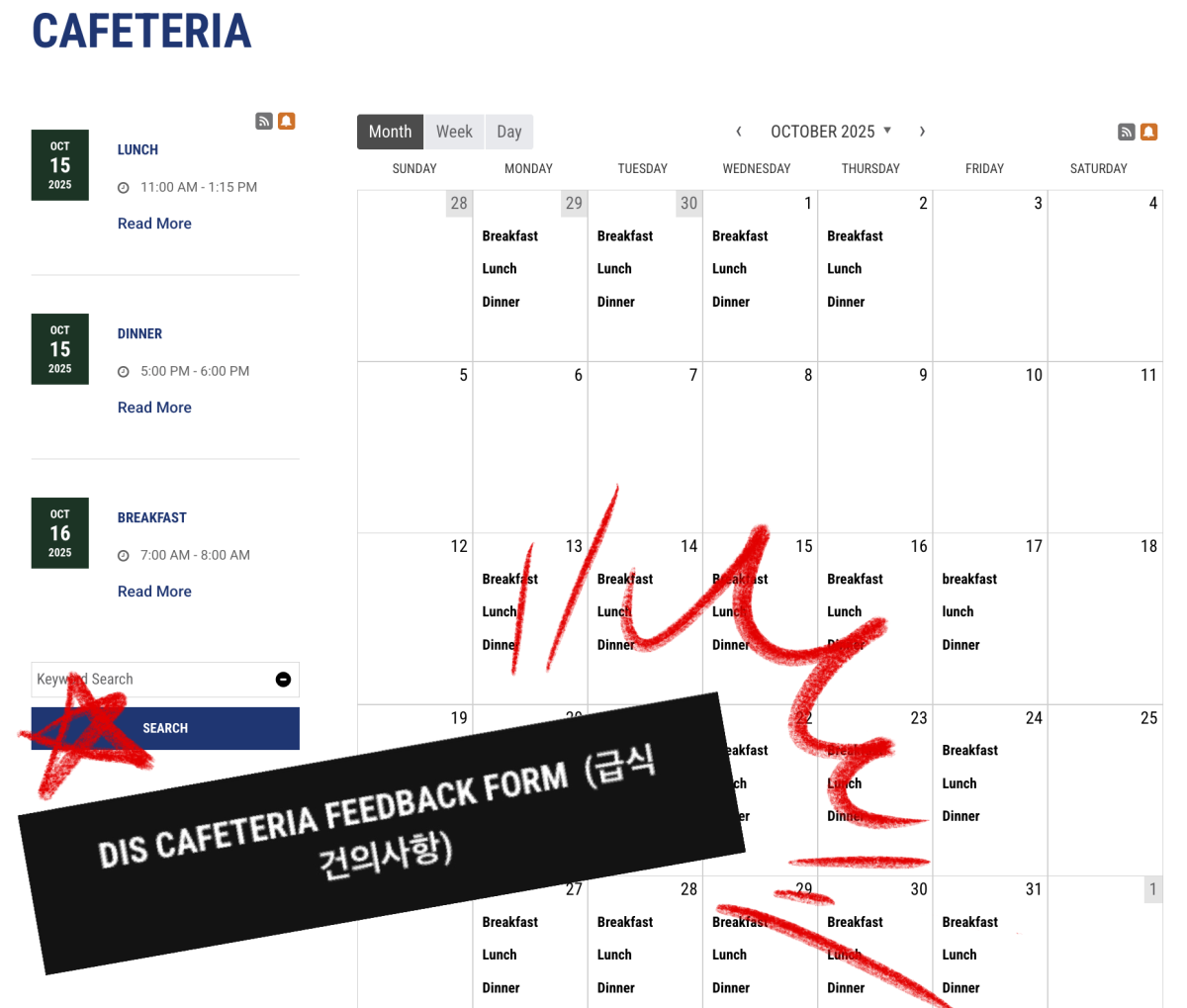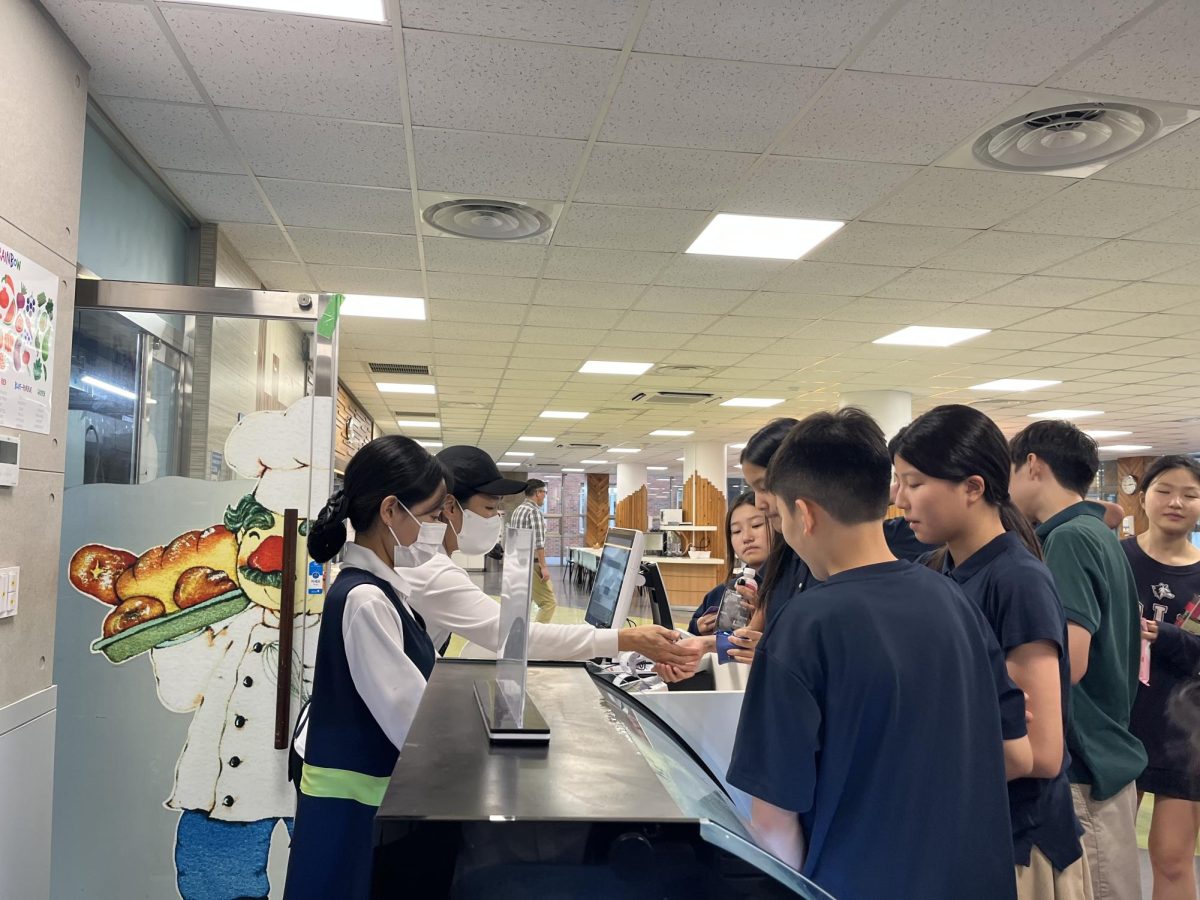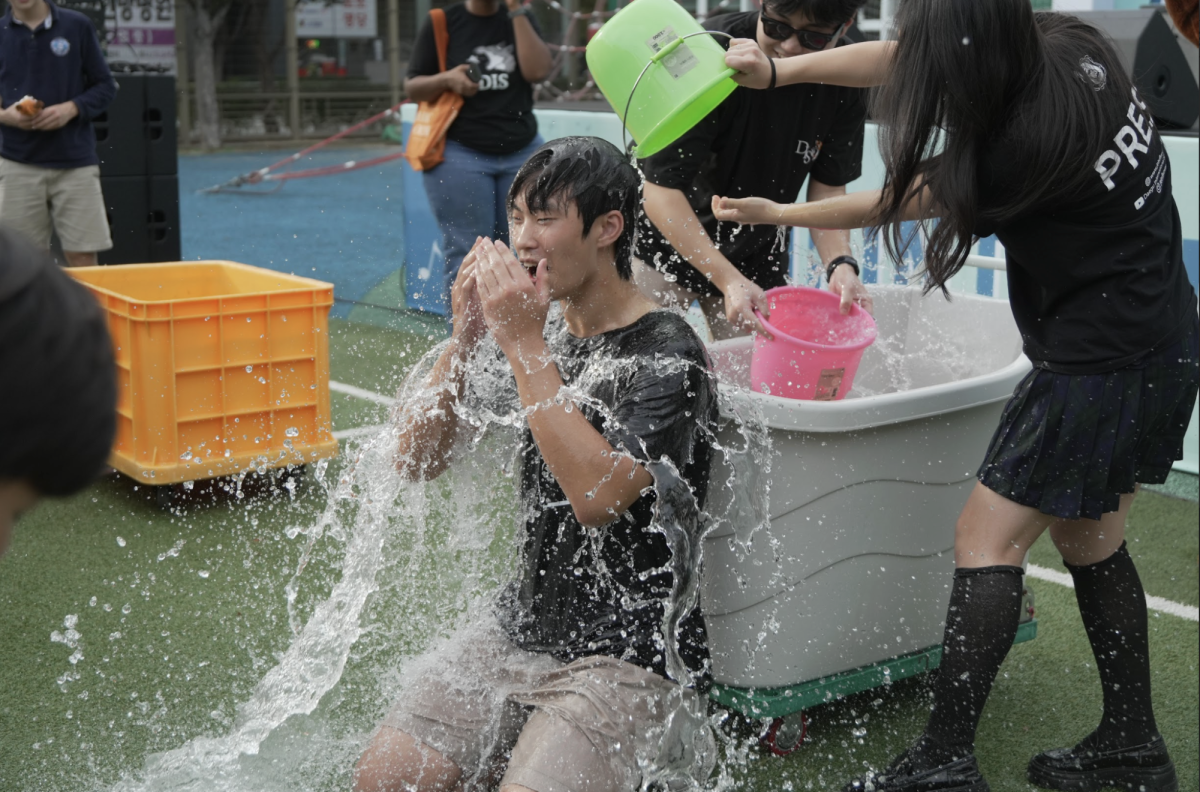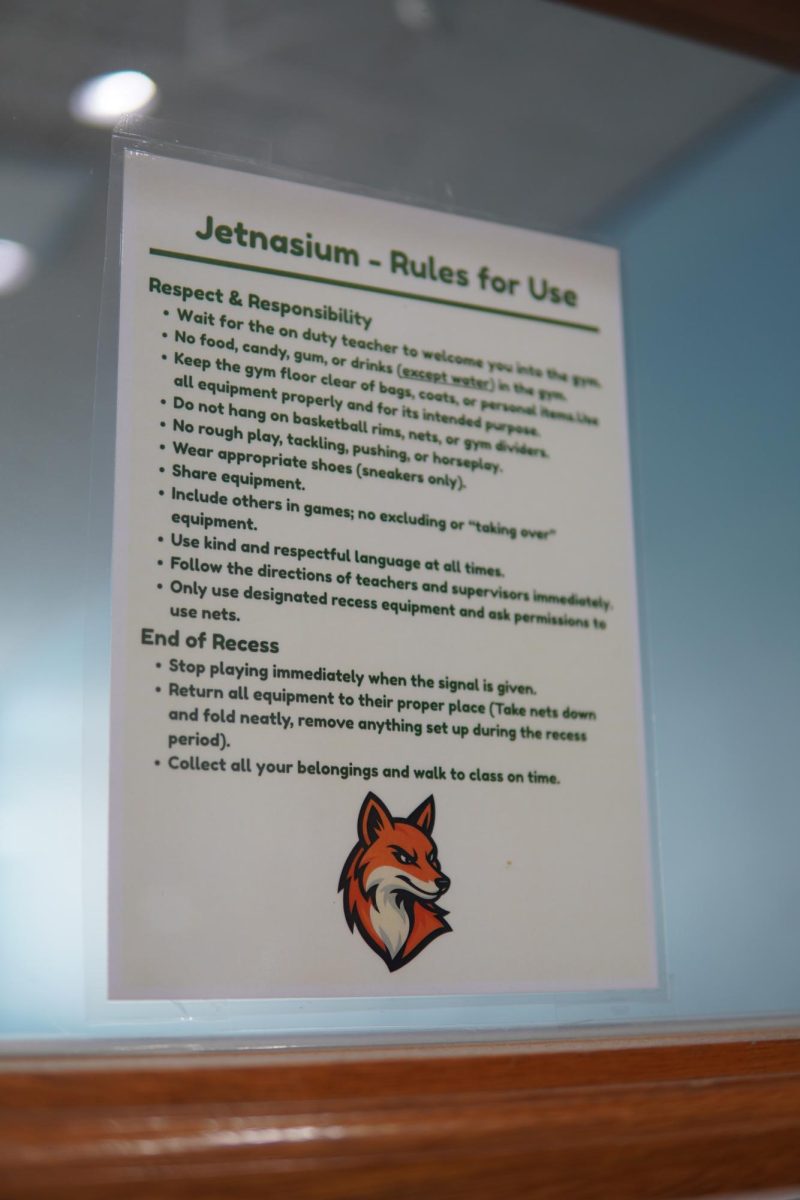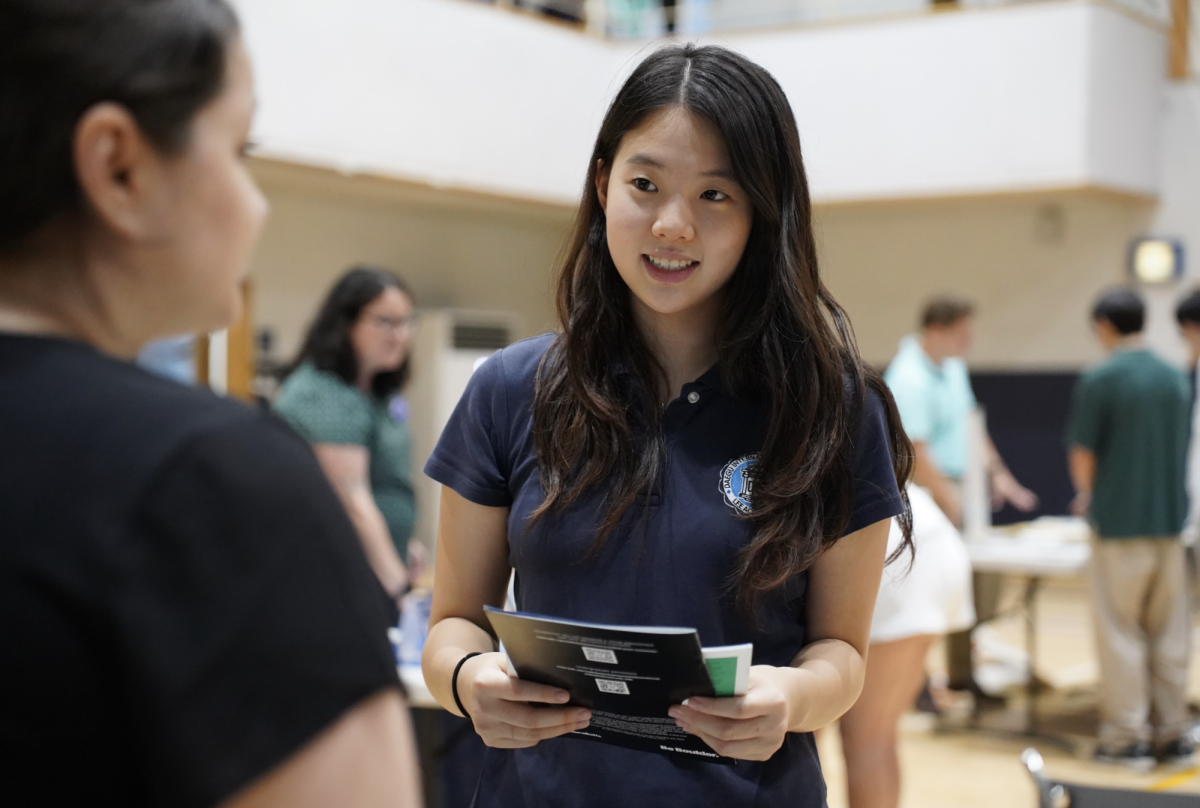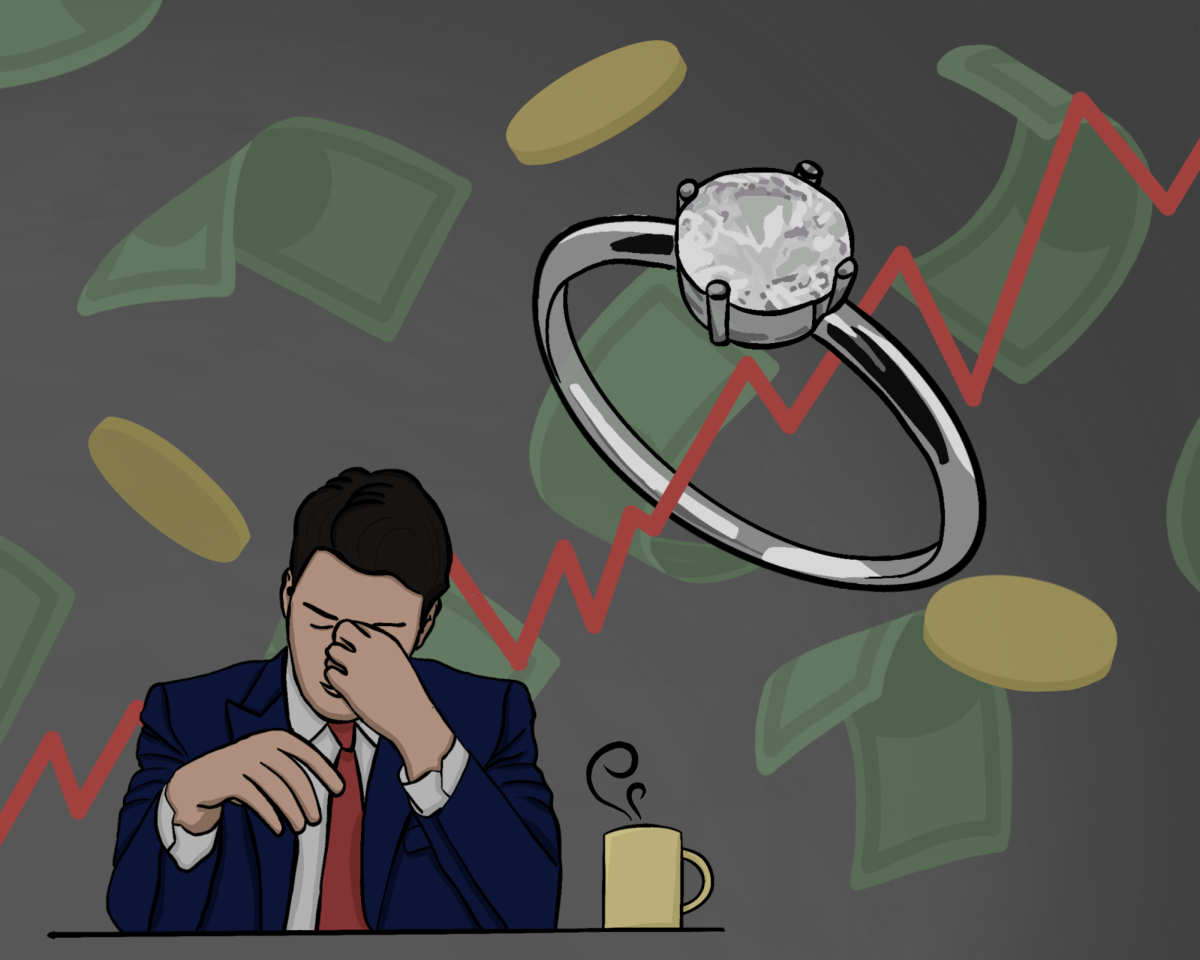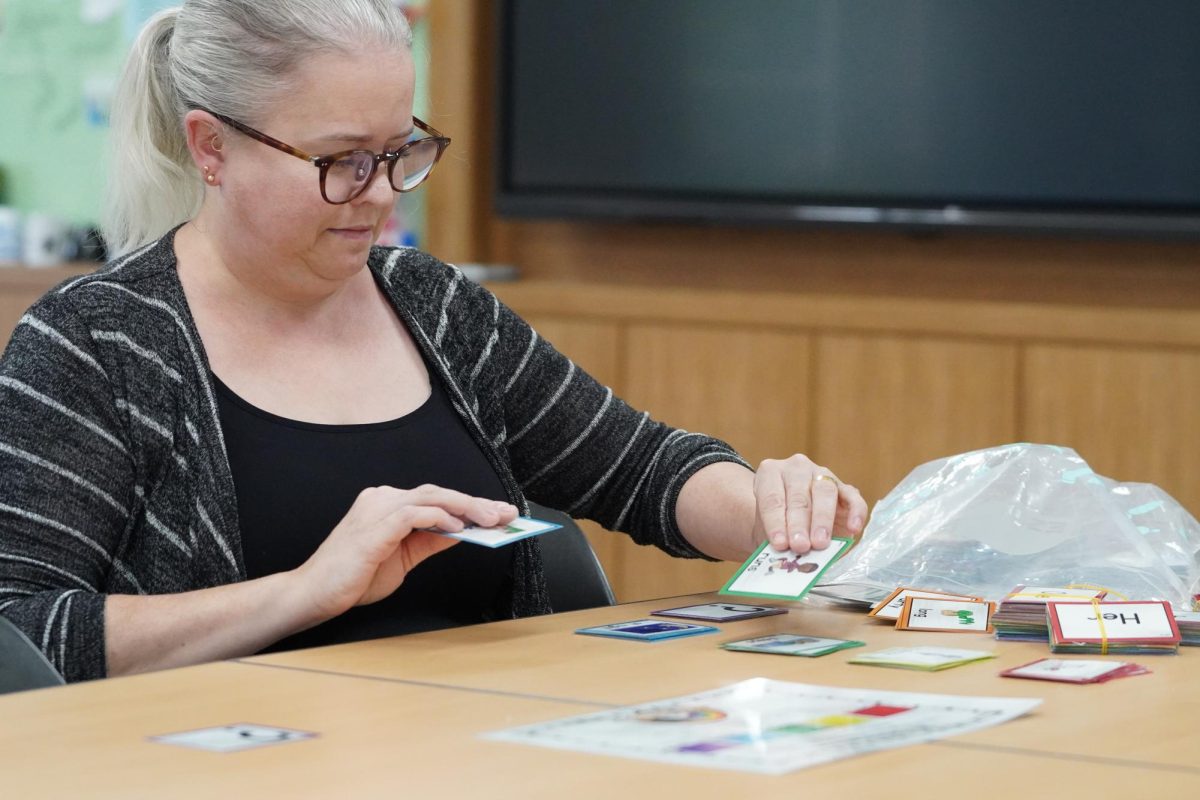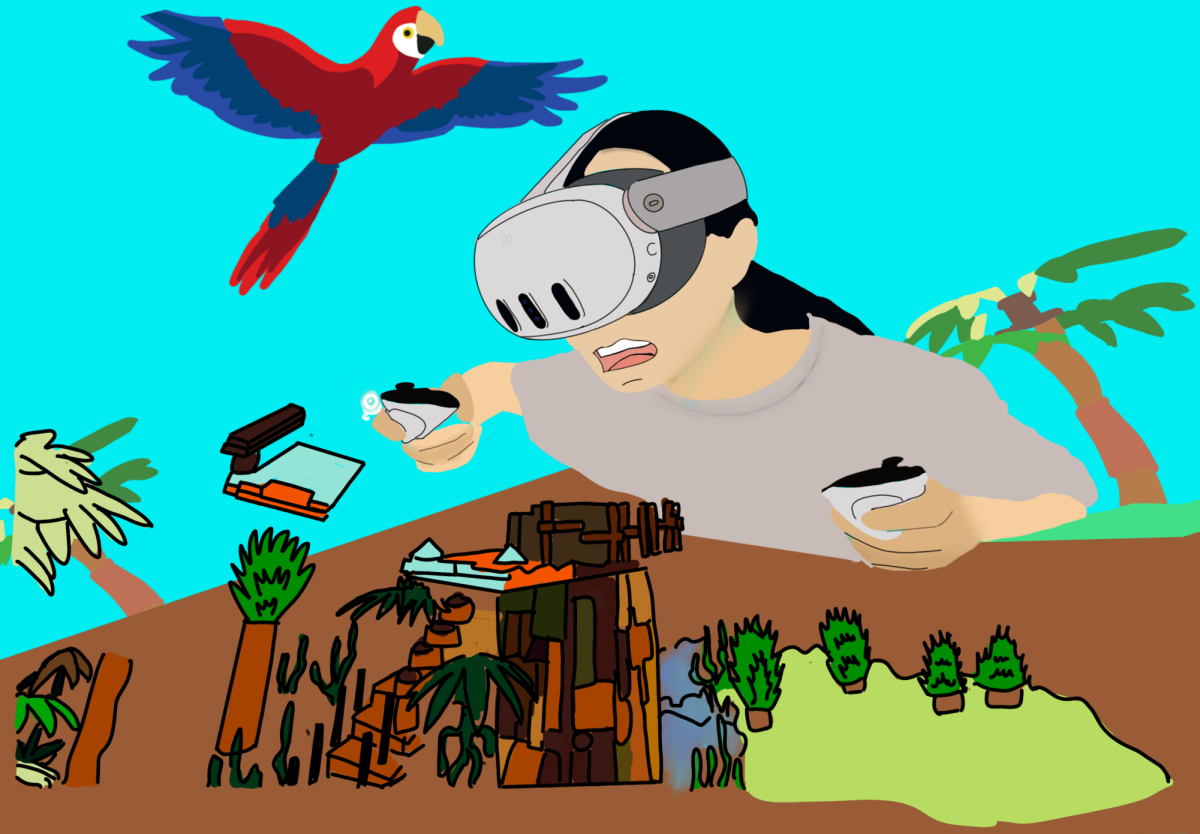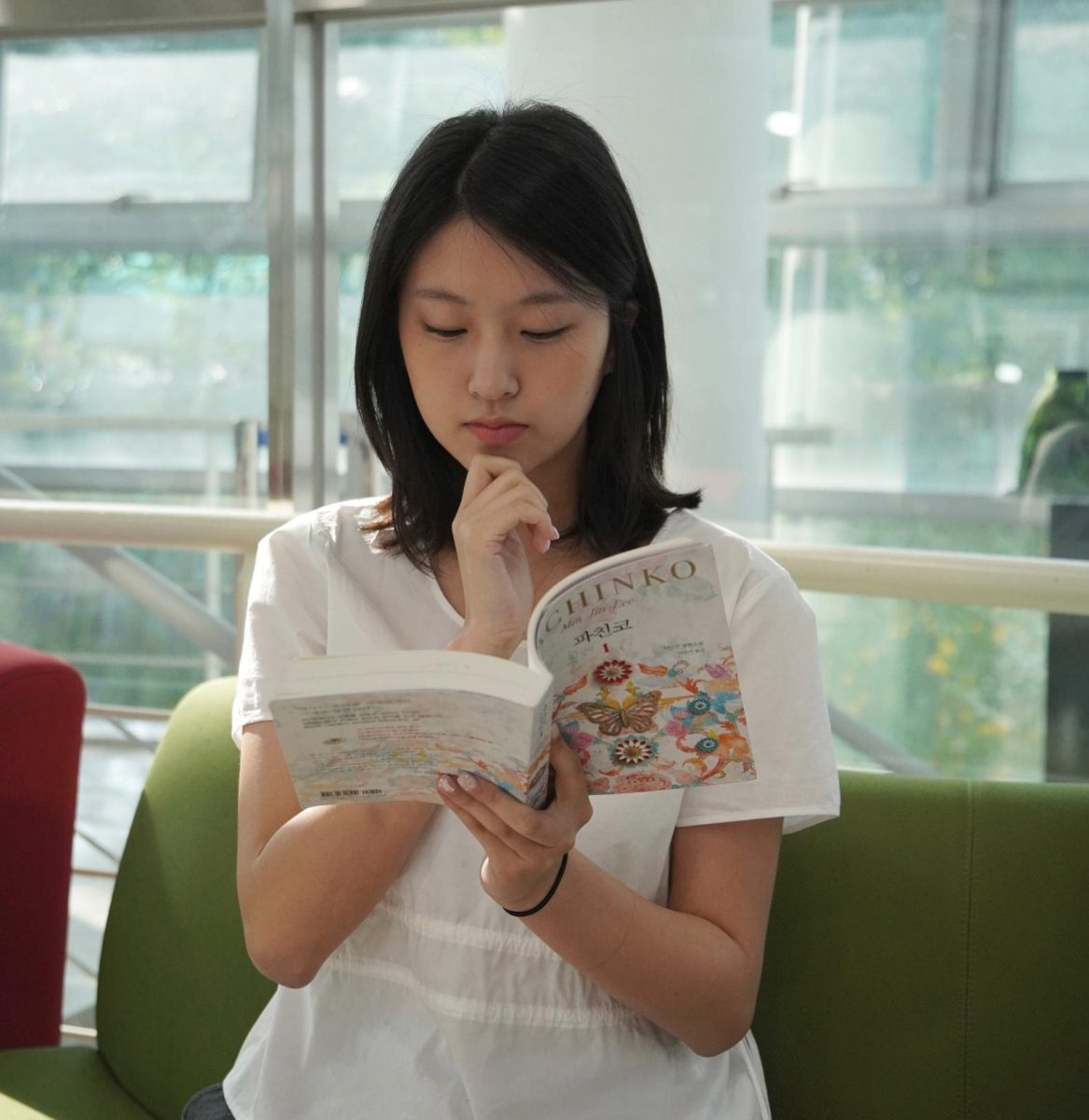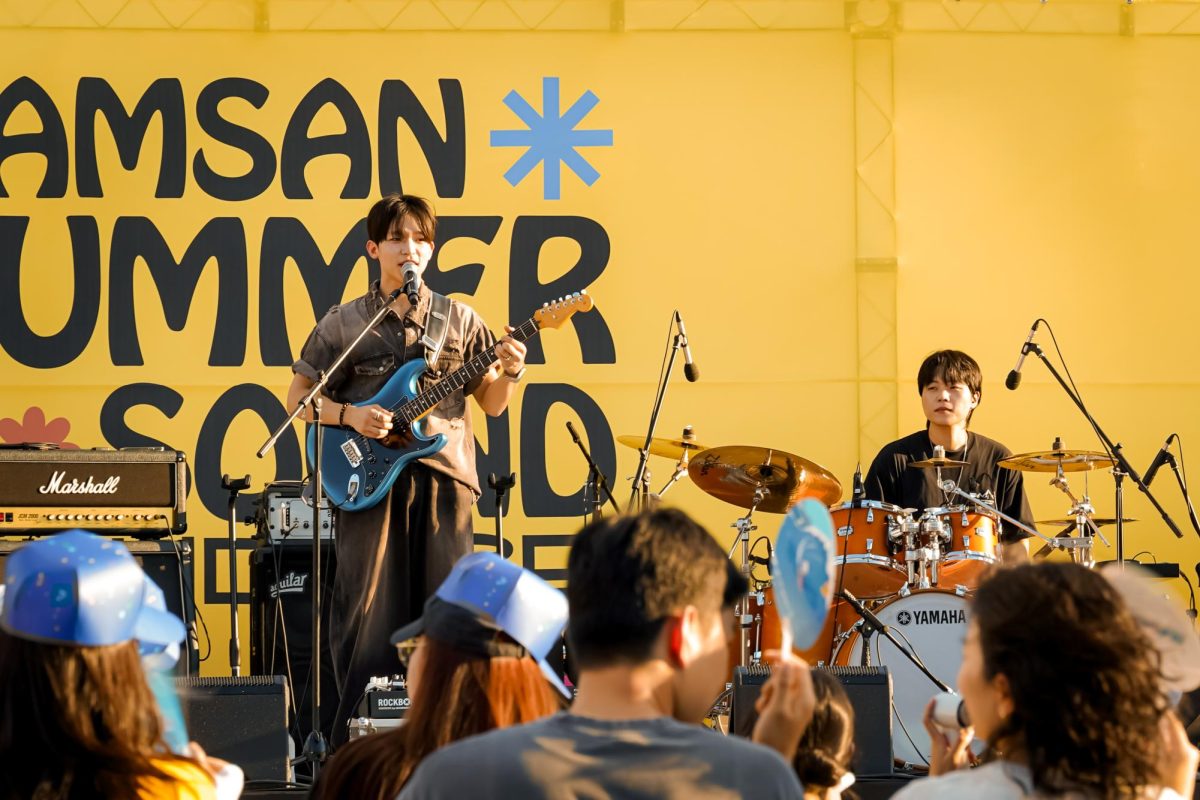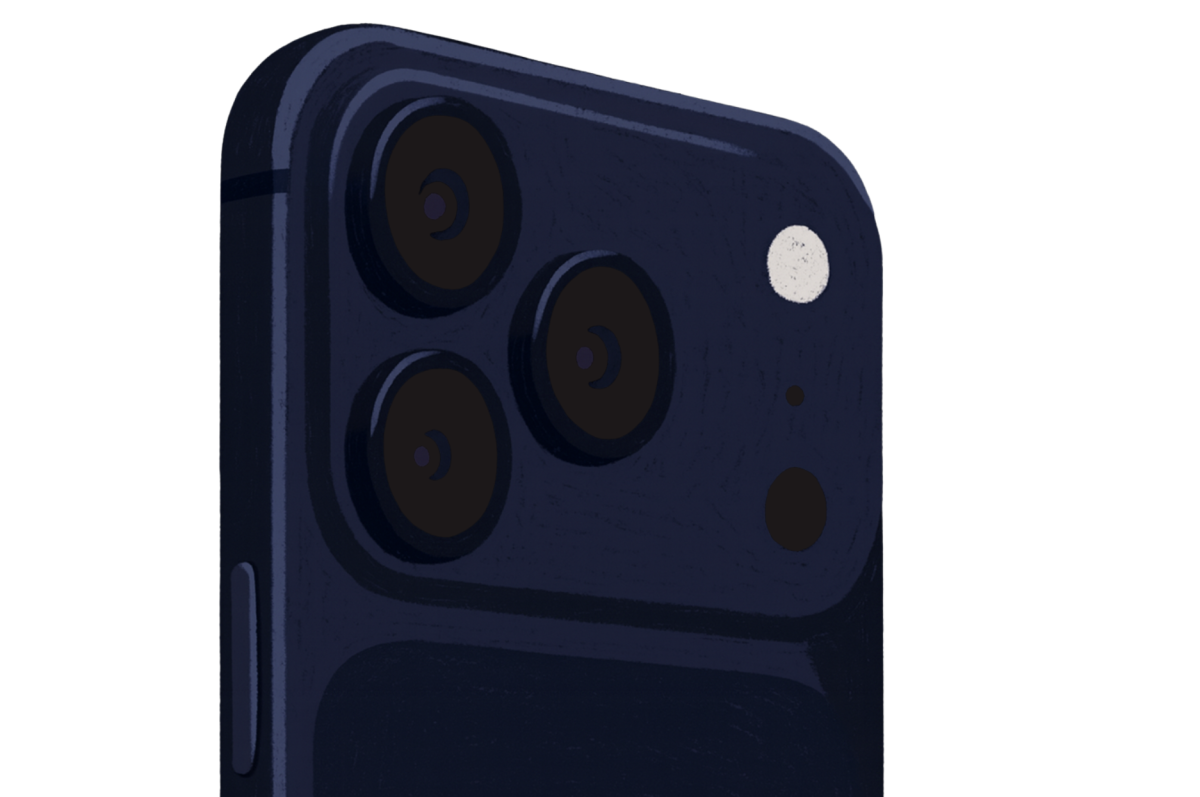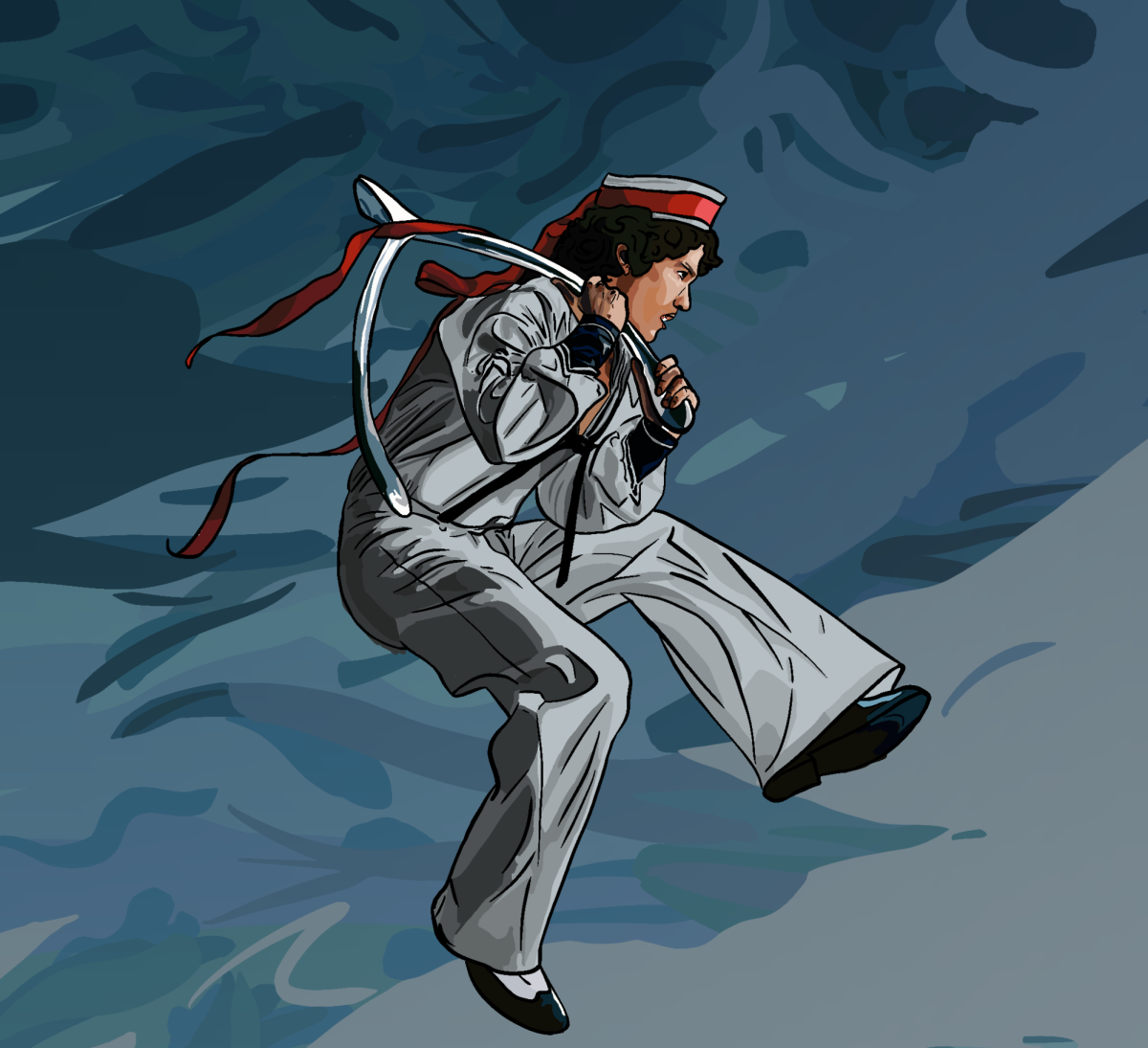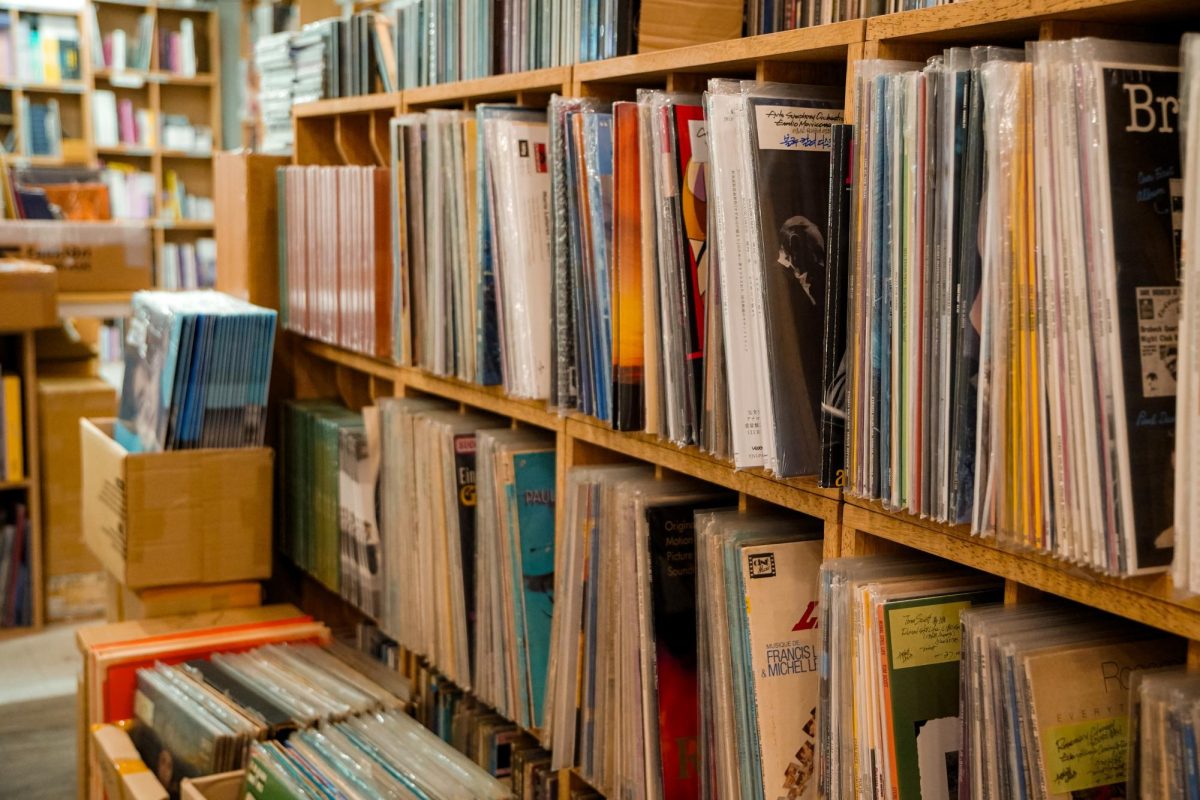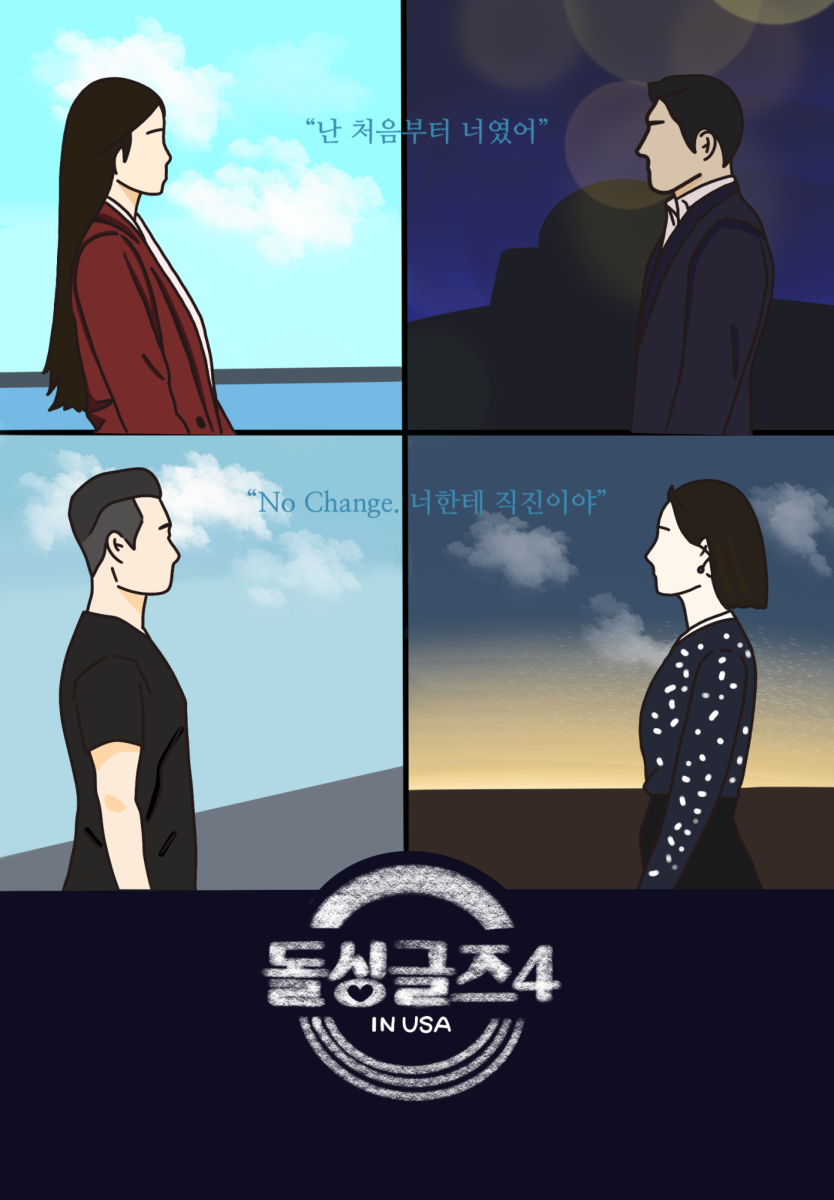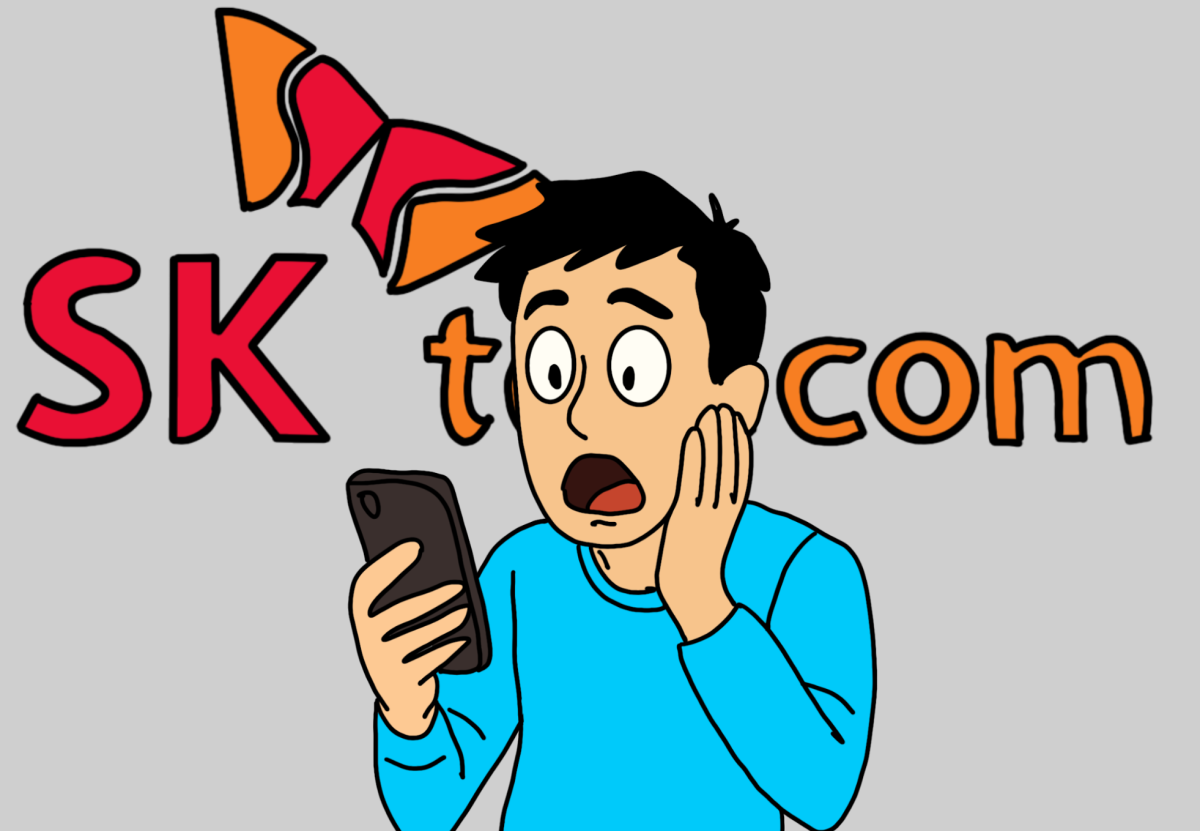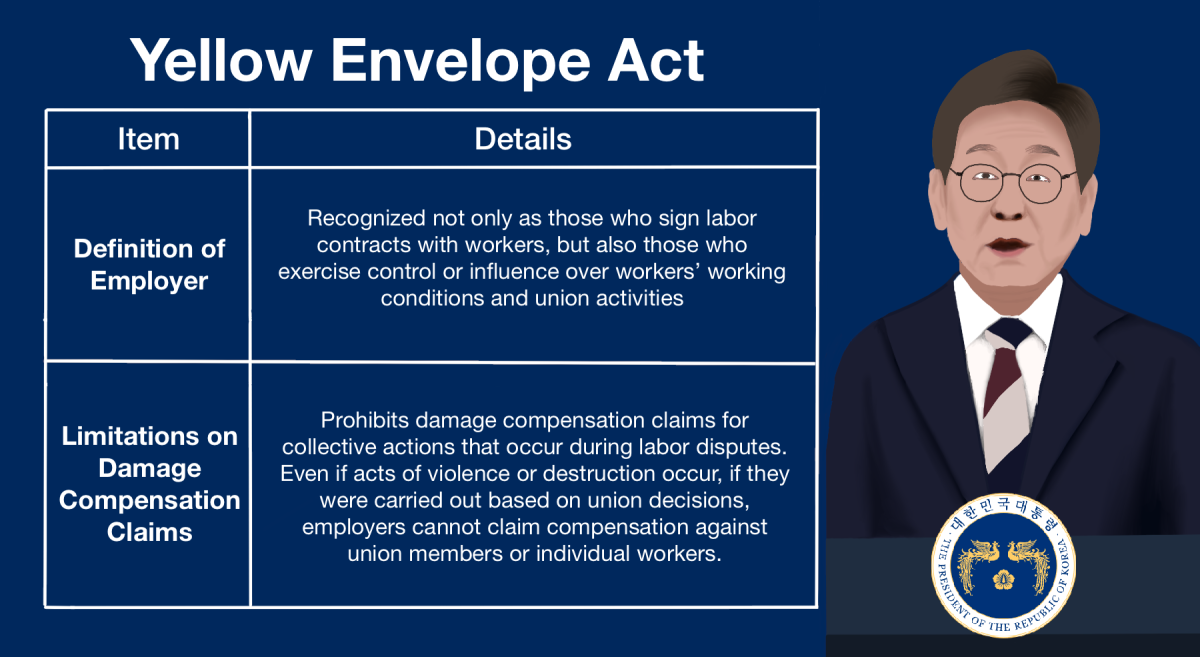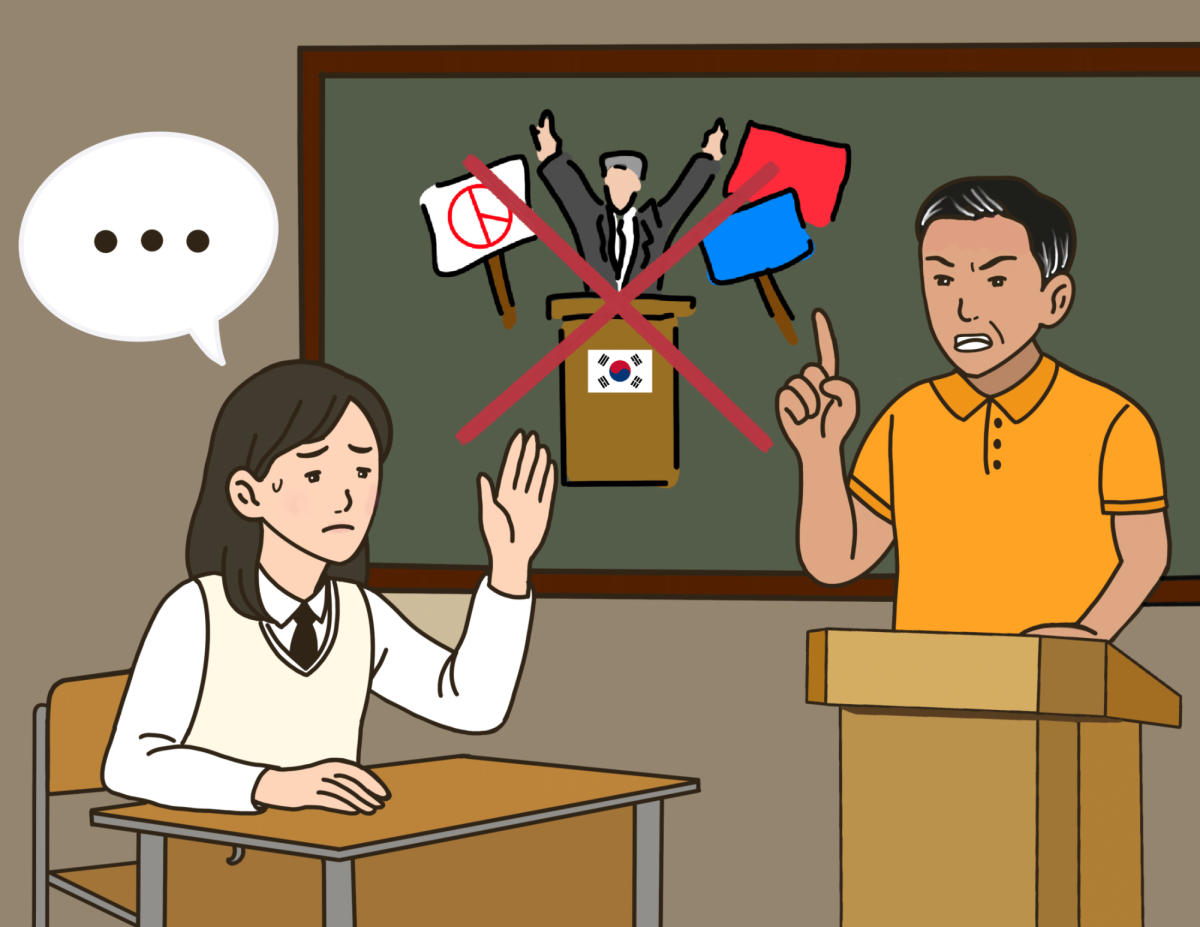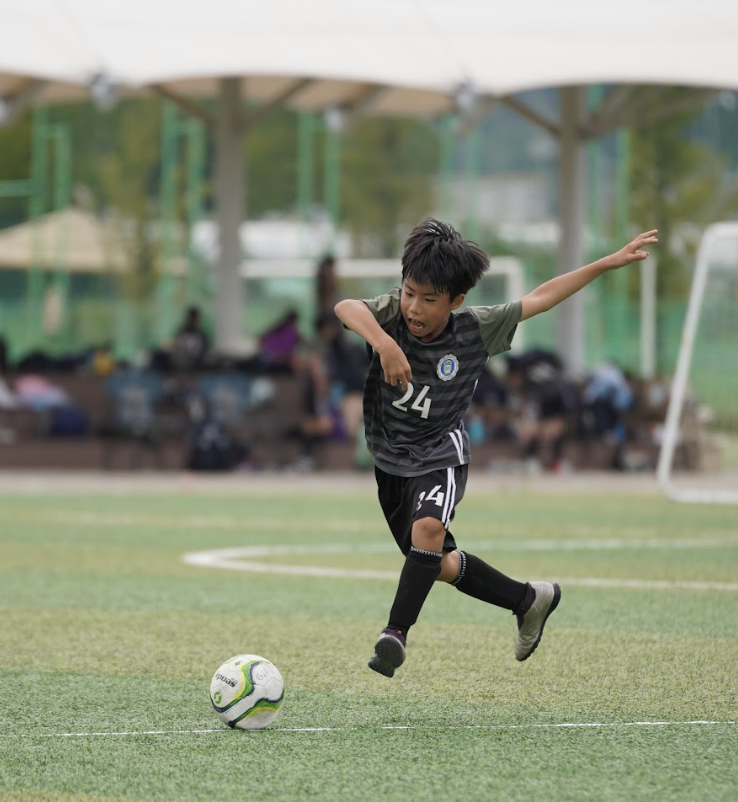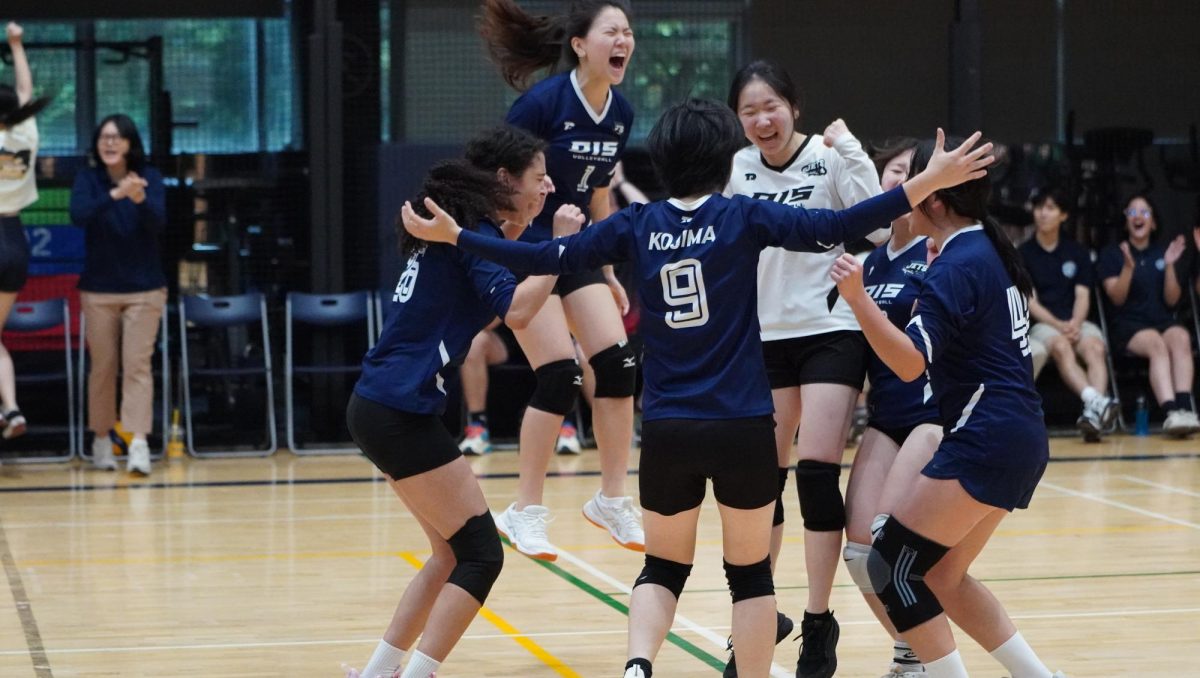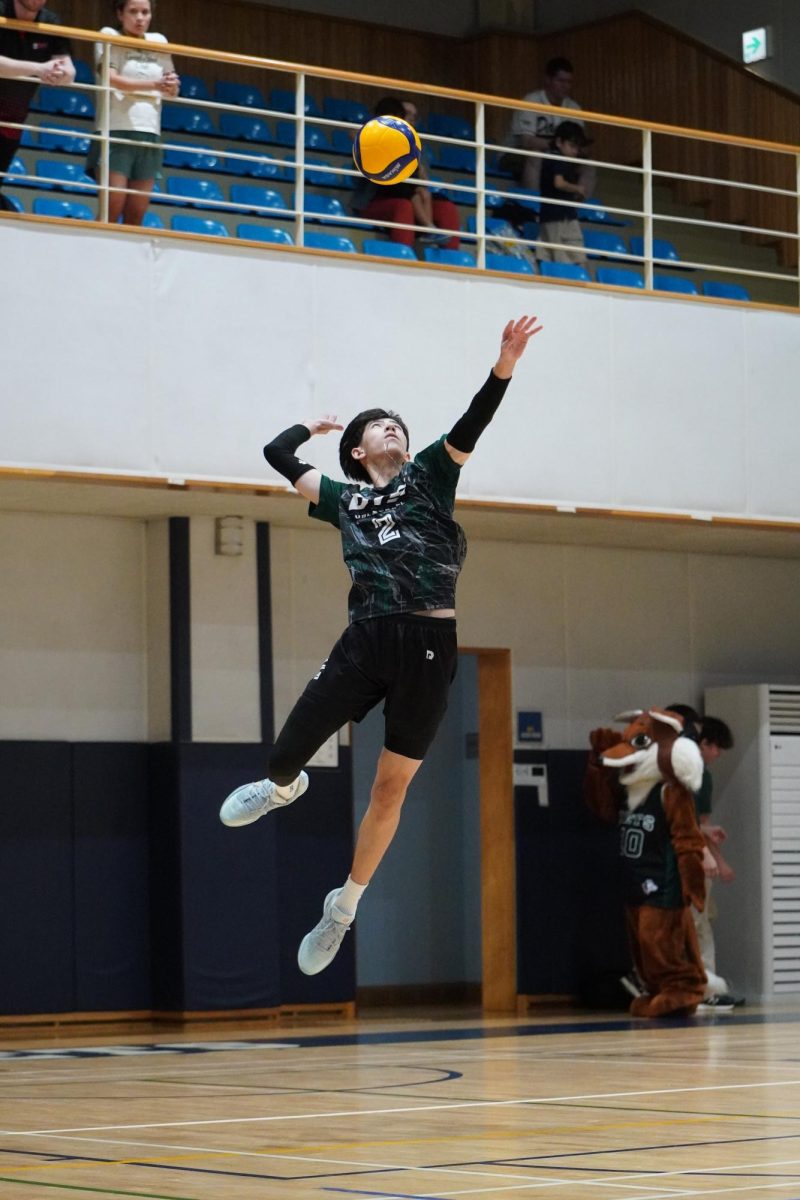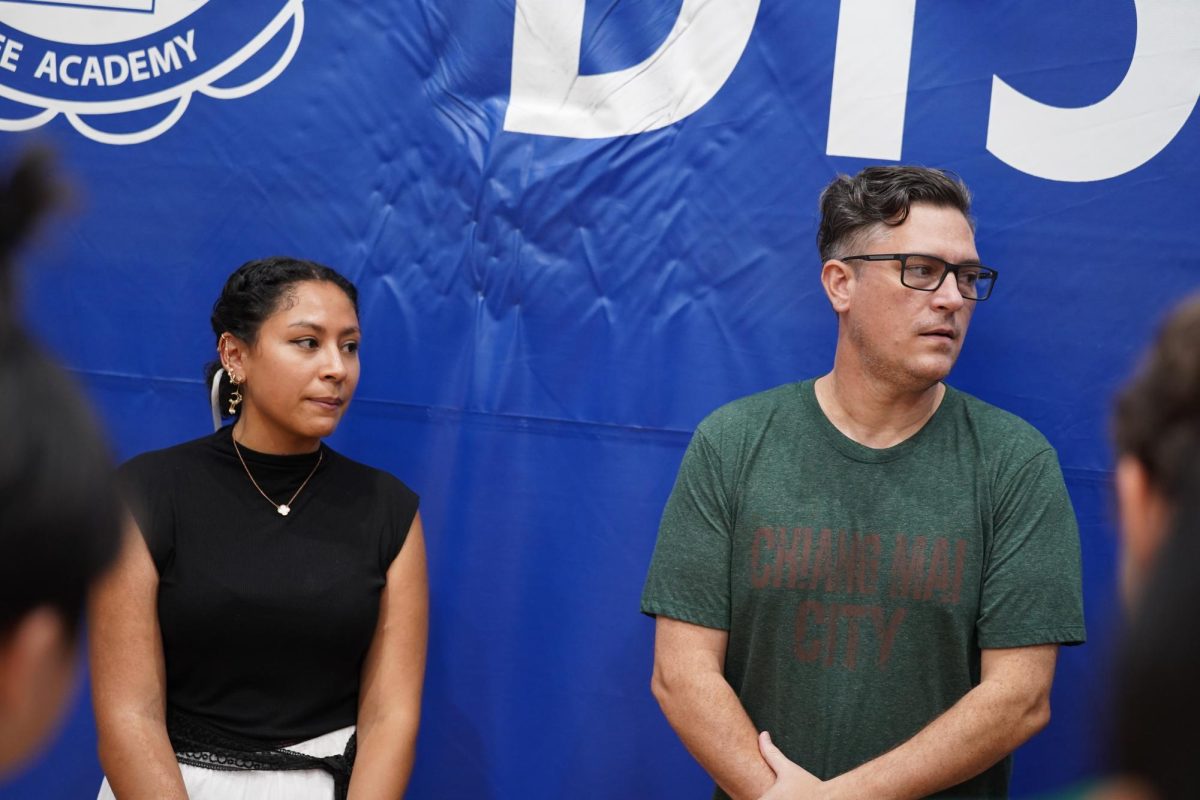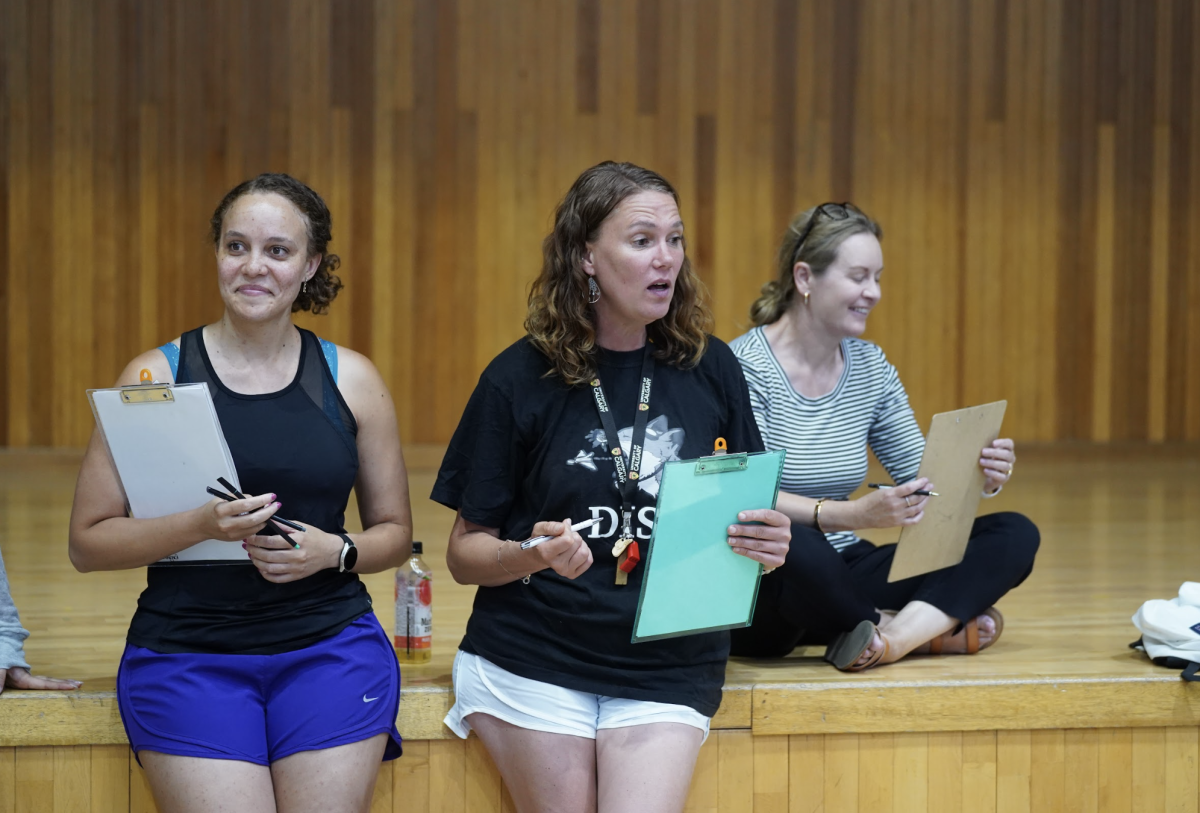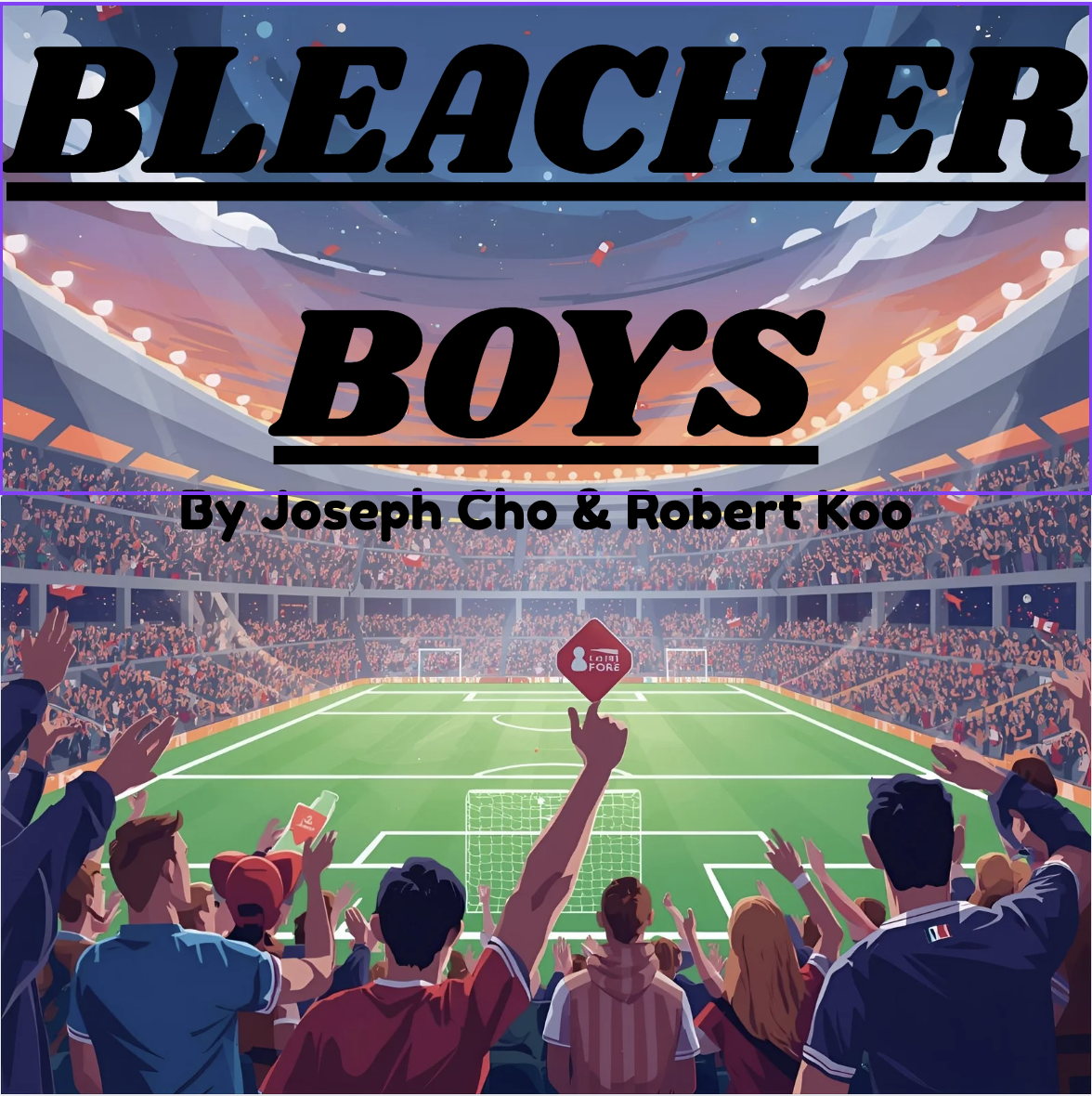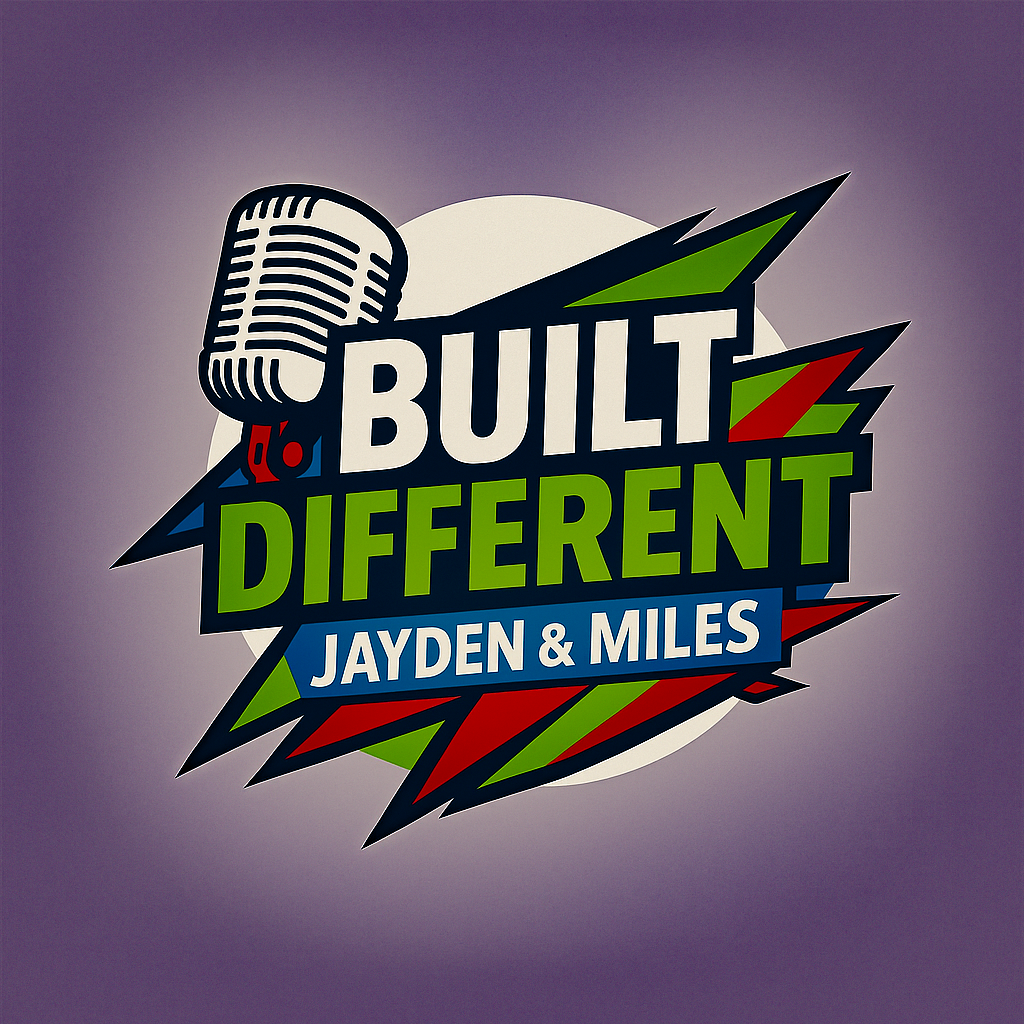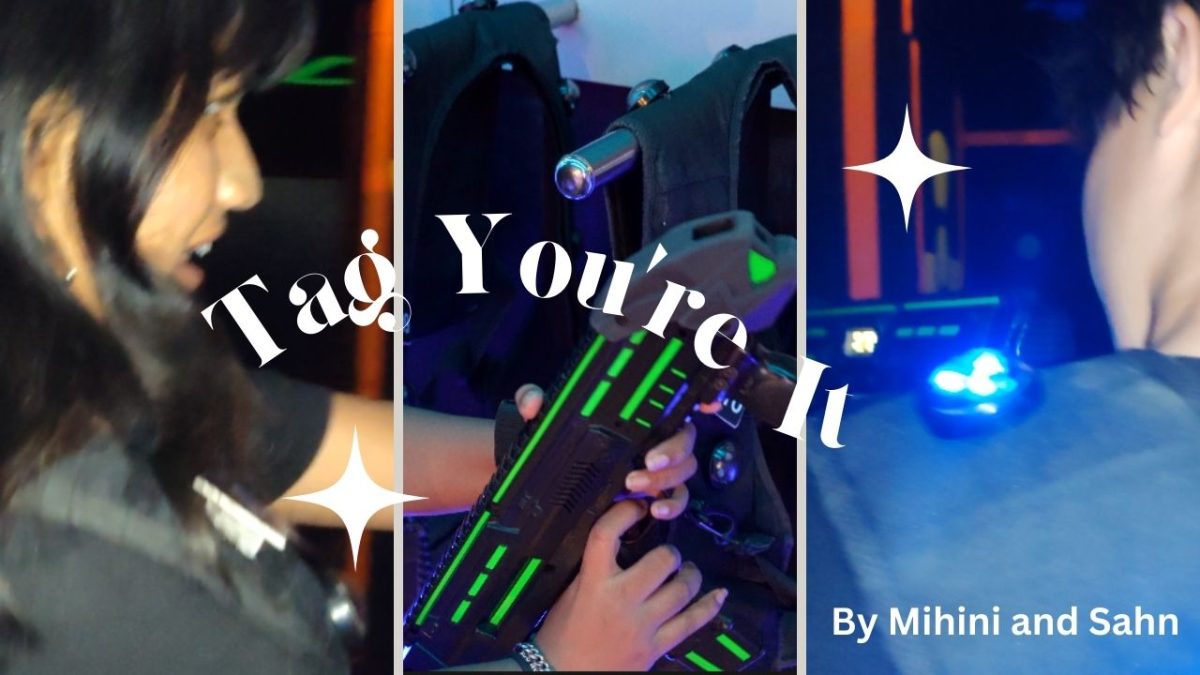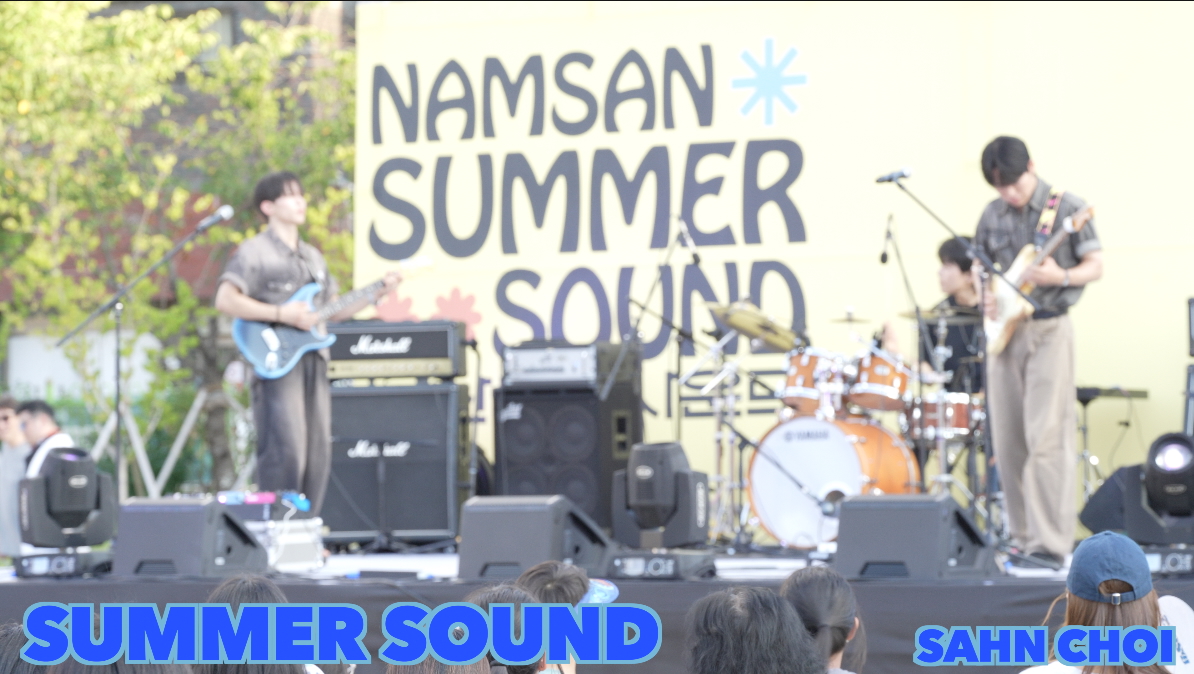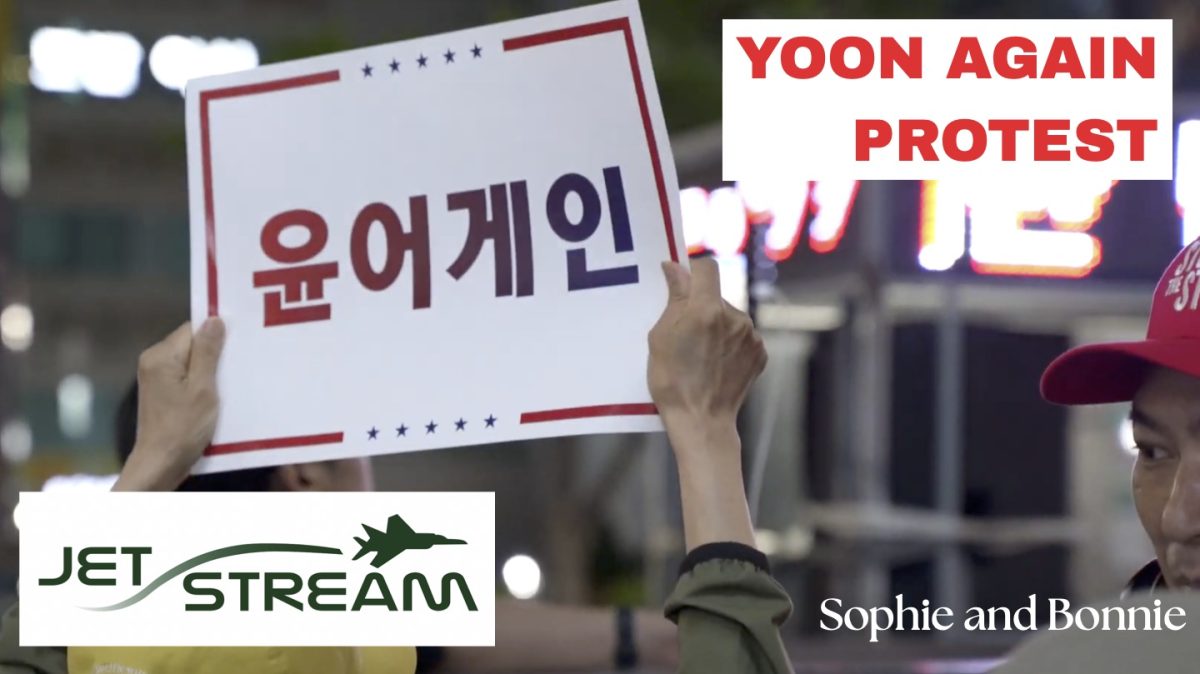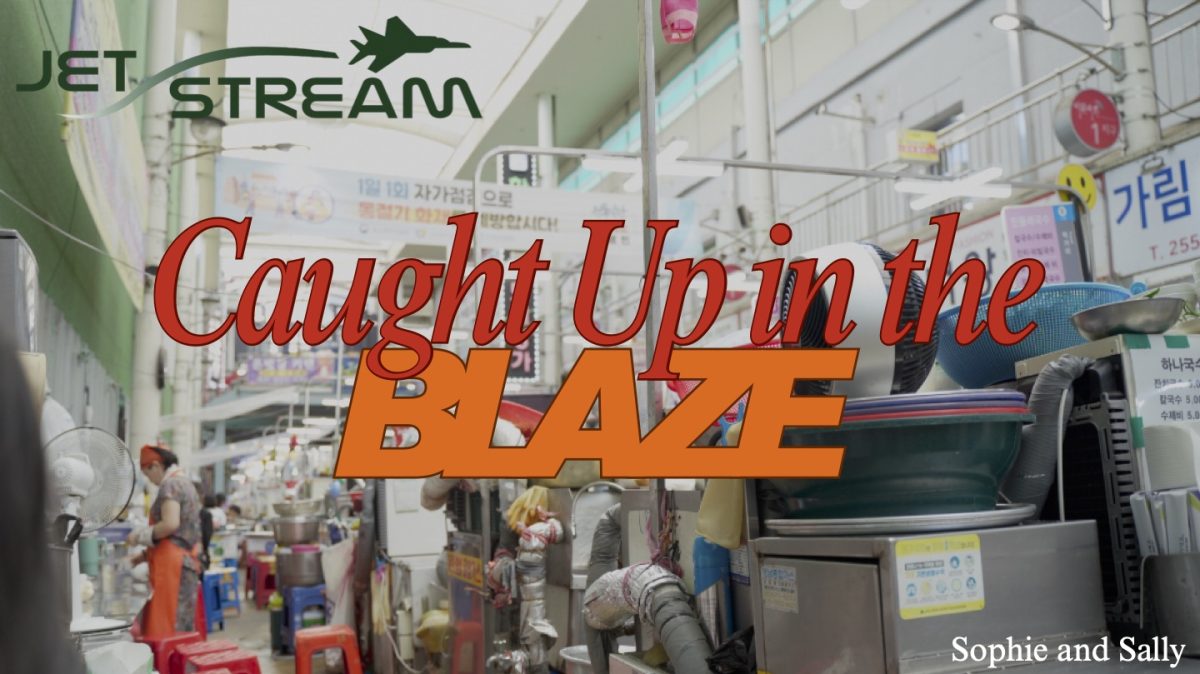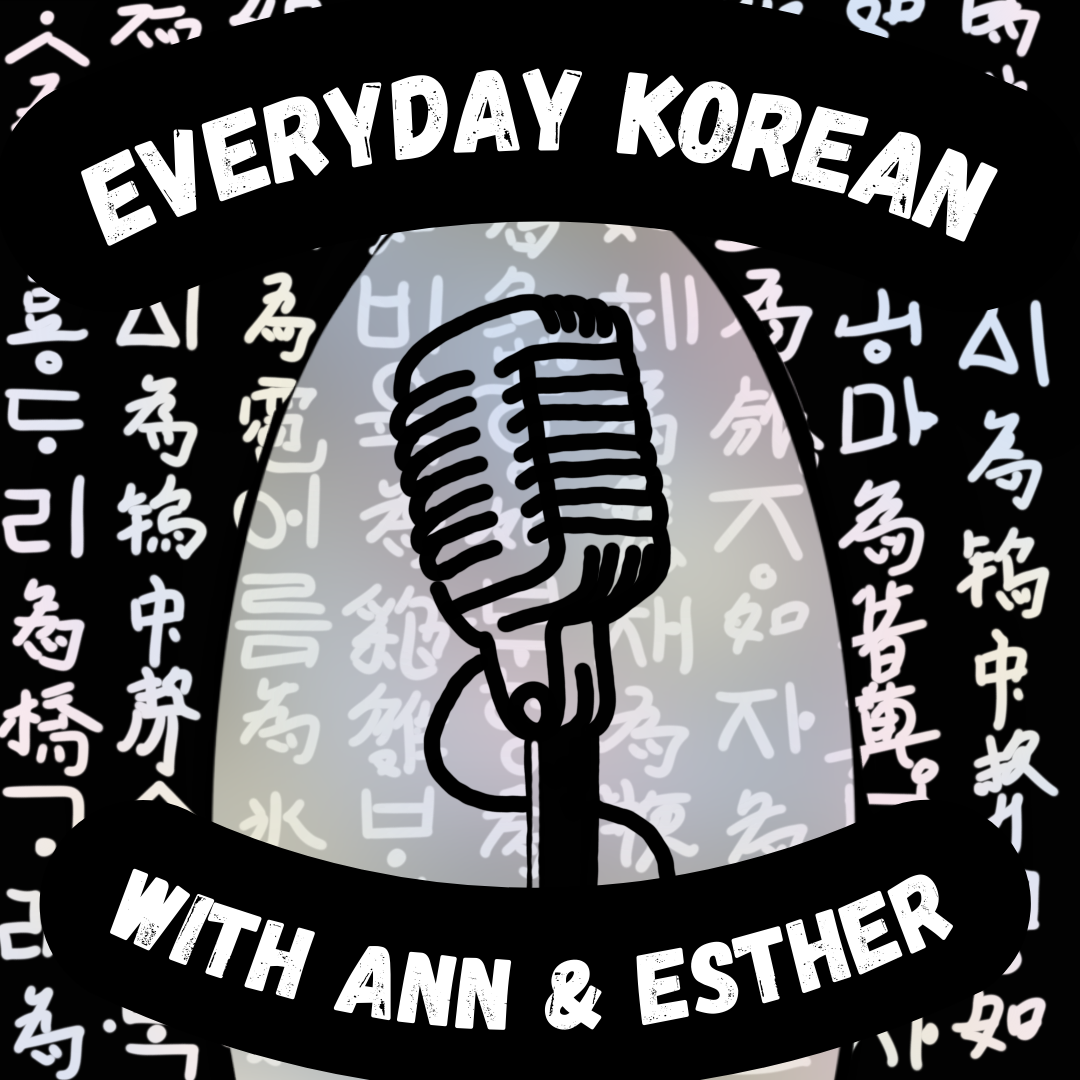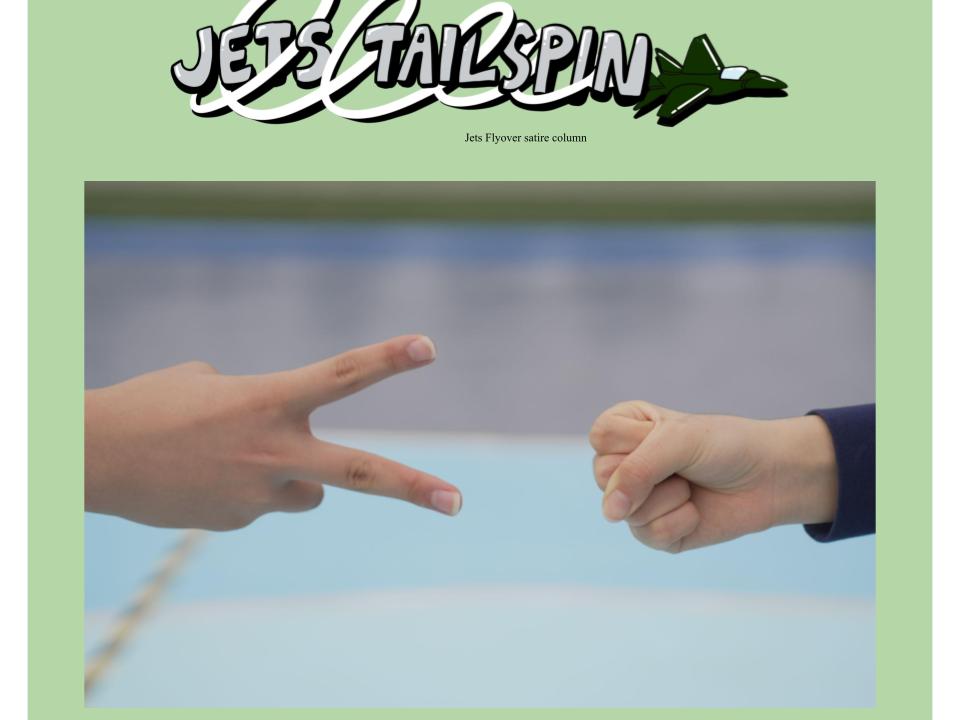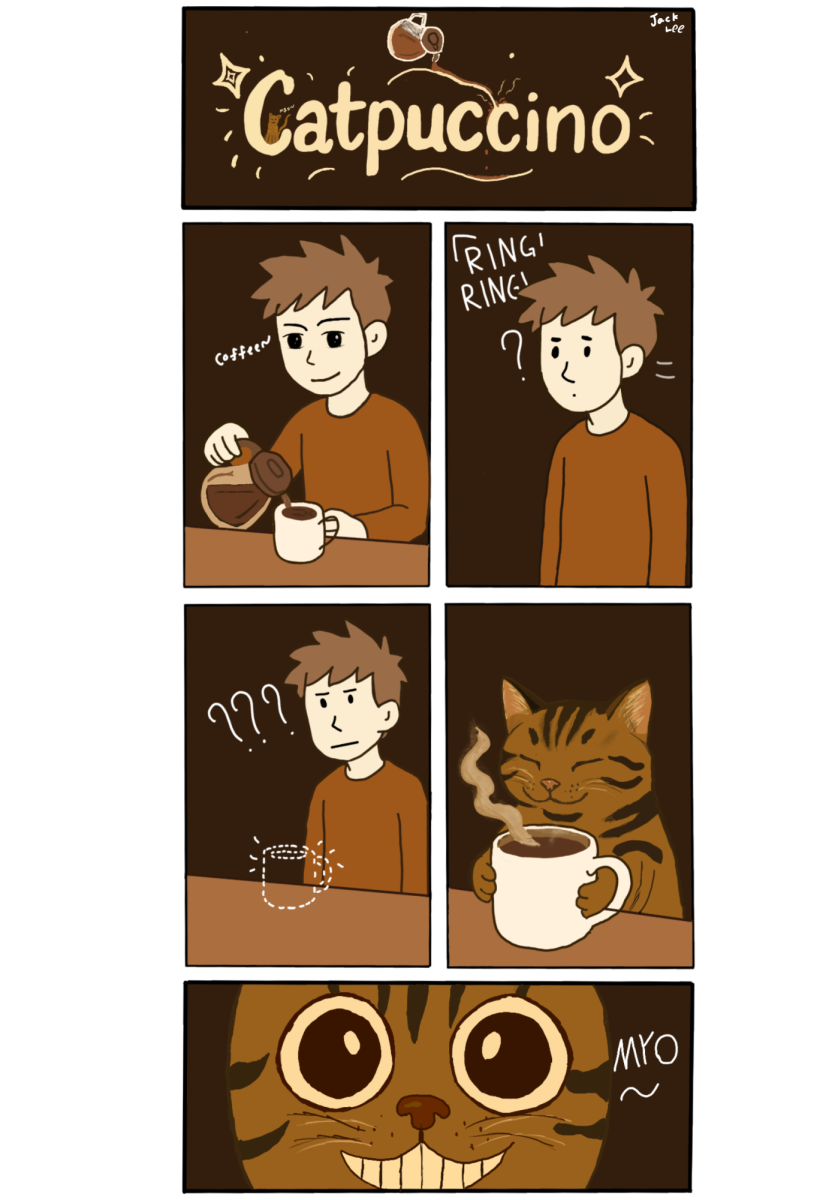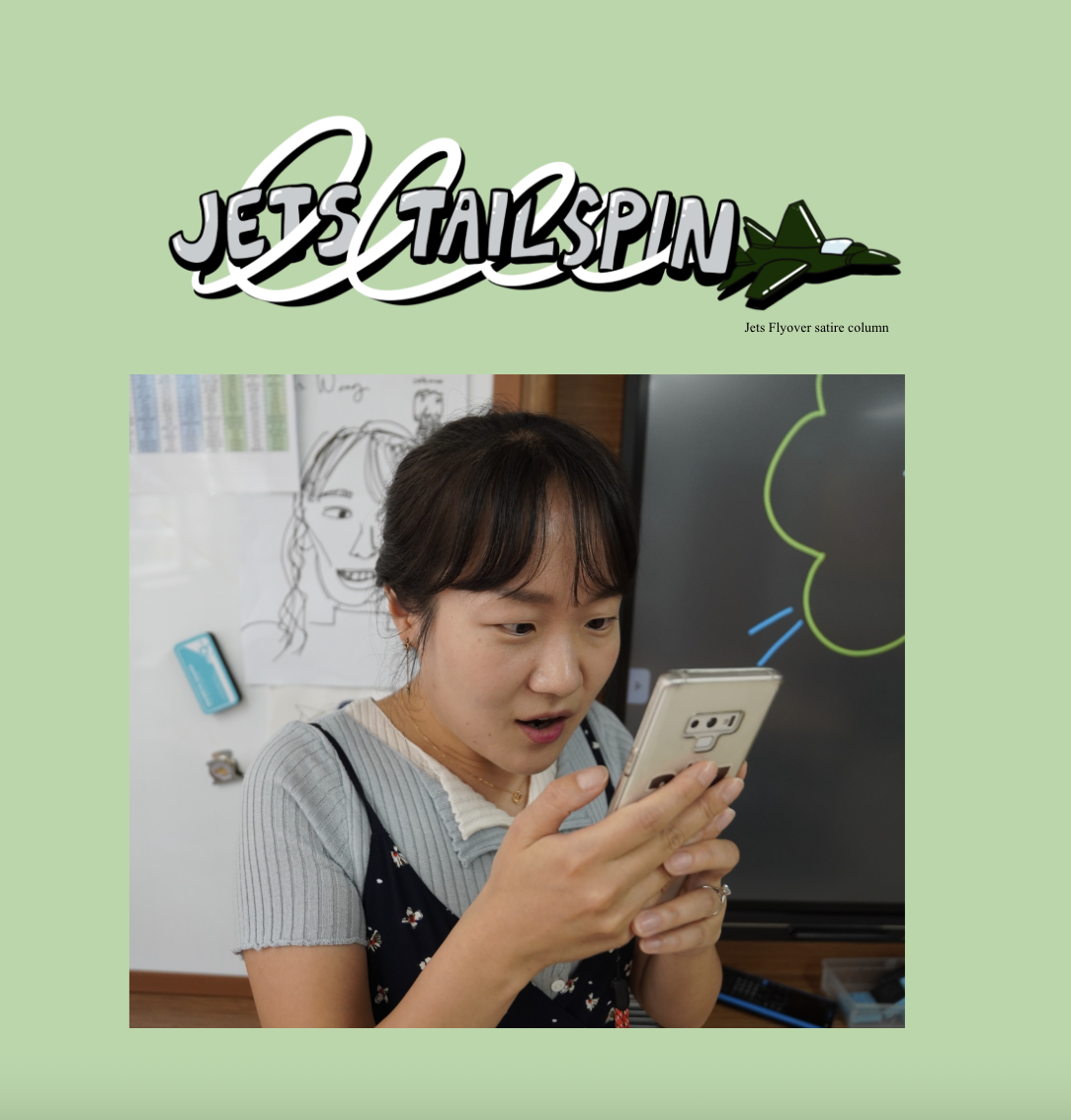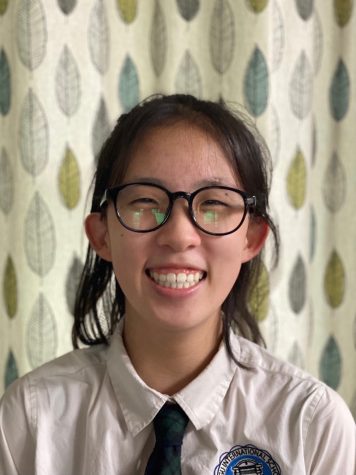Face Coverings and Face Blindness
The Necessity of Masks vs. the Unintended Consequences
October 19, 2021
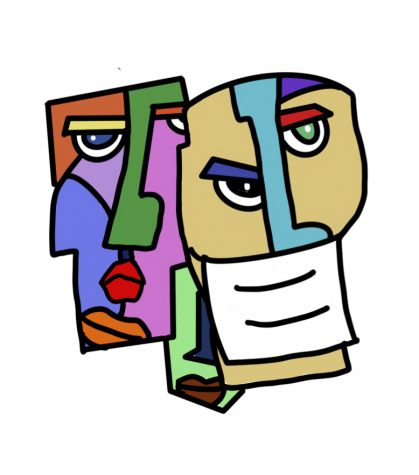
219,000,000 people. That might not sound like a lot of people compared to the population of the whole world; but once you realize that there are only 50 million people in Korea, those nine digits mean a lot more than what they seem. That number represents the total number of COVID cases around the world as of October 5th, 2021.
“Some of my friends looked different than what I thought they would when they took off their masks,” commented Manuel from Grade 2, “It [can be] hard to breathe and it’s a little uncomfortable.” Despite this discomfort, masks are a staple of pandemic life that people have quickly grown accustomed to–your face might even feel bare without it. These face coverings are affecting people physically, as well as mentally: our brains are actually being confused every time a person puts on their mask.
“Face blindness,” or prosopagnosia, is a brain disorder where people have trouble recognizing familiar faces and learning to recognize new ones. It’s caused by irregularities, damage, or impairment in specific neural networks. This disorder can be debilitating to our platonic connections, as the ability to recognize faces is one of the most innate skills that humans can possess as social creatures.
But how is face blindness related to masks? Well, facial recognition is one of the most fundamental aspects of social interaction, and masks block this ability somewhat, causing partial face blindness (as a phenomenon, not a disorder). “There is an idea in my head of what I think [people’s] mouths and noses look like, but in many cases, it doesn’t match up,” exclaimed Mr. Hinkle.
Freshman Martin cracked a joke on the matter: “Friends that I thought would look more handsome looked different when they took off their masks.” We tend to judge others’ faces unintentionally when we are wearing masks as we try to guess what their faces look like–it’s a natural reaction we can’t help but make.
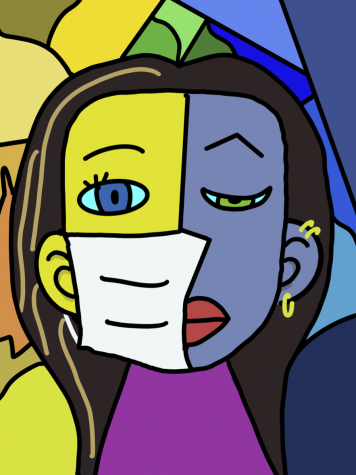
So how is this a problem? Not only is it hard for teachers to identify student’s faces, it is also hard for students to properly perceive their peers, making socializing in the middle of a pandemic even more challenging. “I just had that situation today. Someone passed by and said ‘Hi’ to me. And there wasn’t enough time to for me to recognize who that person was. At first, I thought he was one of my friends, when I only looked at his upper face. But it wasn’t his voice, so I still don’t know who that person was,” claimed Martin.
People are experiencing facial blindness much more than they used to, especially with the increased usage of masks, which leads to us judging others’ thoughts or emotions based on only the expressions of their eyes. While we thought we were getting used to wearing face masks, the truth is that we still have a long way to go if we are to adjust to face masks completely.
The bright side to all this is that people are actually acknowledging the power of facial recognition. We tend to pay more attention to little details on other people’s faces, keeping them in our memories. Each person is built upon their own unique features; every feature on our faces creates a symbol or identity in which people can distinctly recognize us. Although this aspect of masked life may seem minor, it reminds us that the little cotton sheet on our face brings people both advantages and disadvantages which we have yet to figure out completely.

